- How does my multiport valve work?
I have a universal multiport valve that is mounted independently from the filter. I’m trying to figure out how each setting correlates with the different ports on the valve. Can you help me?
This is a very common question we get from pool owners with sand or DE filters.First, let’s look at where each of the ports on a multiport valve goes, then we’ll explain how the different settings change the flow of water through the ports.
A universal or side mount multiport valve needs five points of connection in order to function properly:
- The main intake port receiving water from the pump.
- The main return port sending water back to the pool.
- The port that feeds water to the filter intake.
- The port that receives water from the filter return.
- And the backwash port for discharging wastewater from the filter.
Some valves come with extra ports that are plugged. The position of these plugs can be swapped out with their corresponding ports in order to accommodate different installation configurations.
Now let’s take a look at how each setting affects the flow of water through the valve.
- Filter is for normal everyday filtration. This allows water to flow from the pool, through the filtration media, and back to the pool.
- Backwash is used to clean your filter. The flow of water is reversed through the filter and discharged out the backwash port.
- Rinse is used to clear the valve and pipes of any residual dirt after backwashing. Water flows in the normal direction through the filter but discharges out the backwash port.
- Waste is used to discharge dirty water from the pool without going through the filter. Water flows from the main intake directly to the backwash port.
- Recirculate is used to bypass the filter when adding chemicals or performing maintenance. Water flows from the pump, through the valve, and back to the pool.
- Closed completely blocks the flow of water through the valve.
Hopefully, this helped clear up some of the mystery behind all those ports and settings on your multiport valve. Feel free to leave questions in the comments below and don’t forget to visit us over at inyopools.com Thanks for watching.
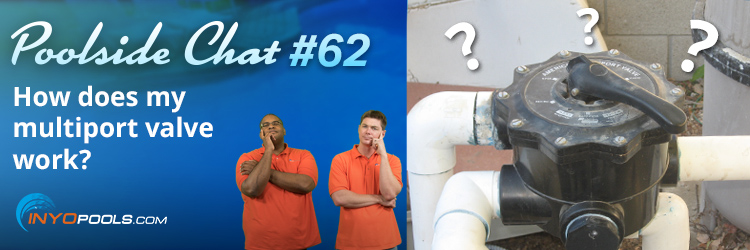
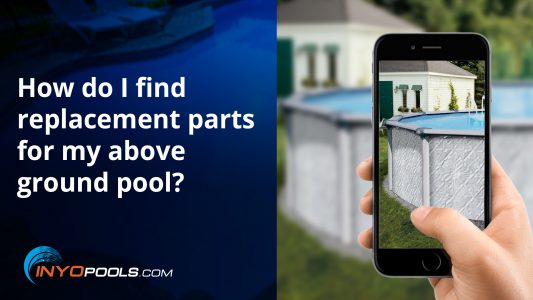
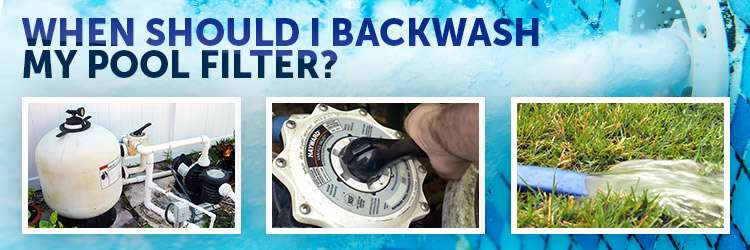
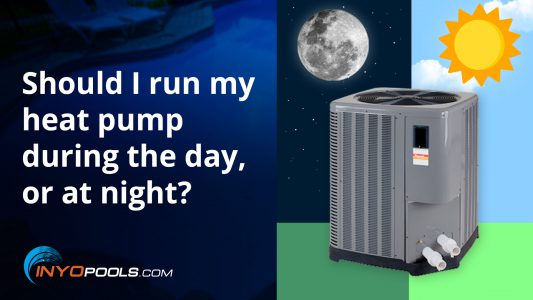
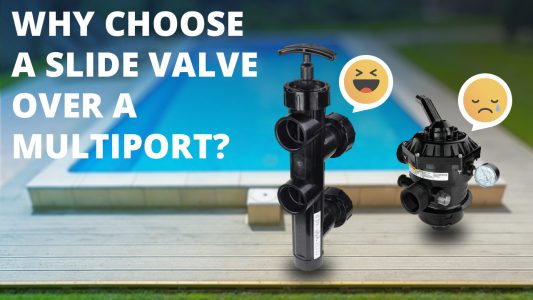






I’m thinking of switching from pull valve to multiport. I have a DE inground pool. How difficult is that to do myself?
That’s hard to say because I don’t know how experienced you are with cutting, gluing, and fitting PVC plumbing. It is moderately tricky if the intake (from the pump) ump and discharge (back to the pool) are in drastically different positions.
I have a Multi-port valve with a separate sand filter can I buy a new one it’s very old?
What is the model number of the valve or the sand filter?